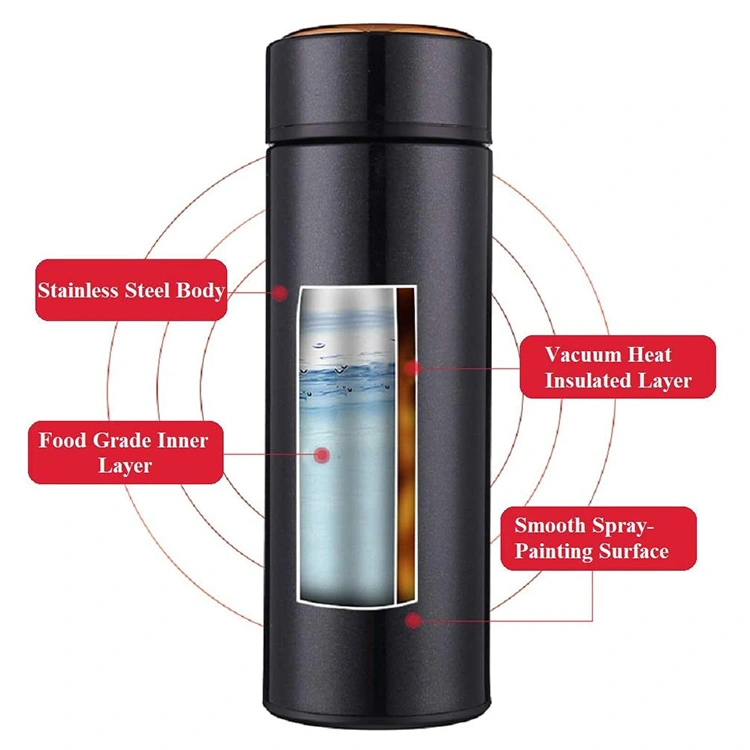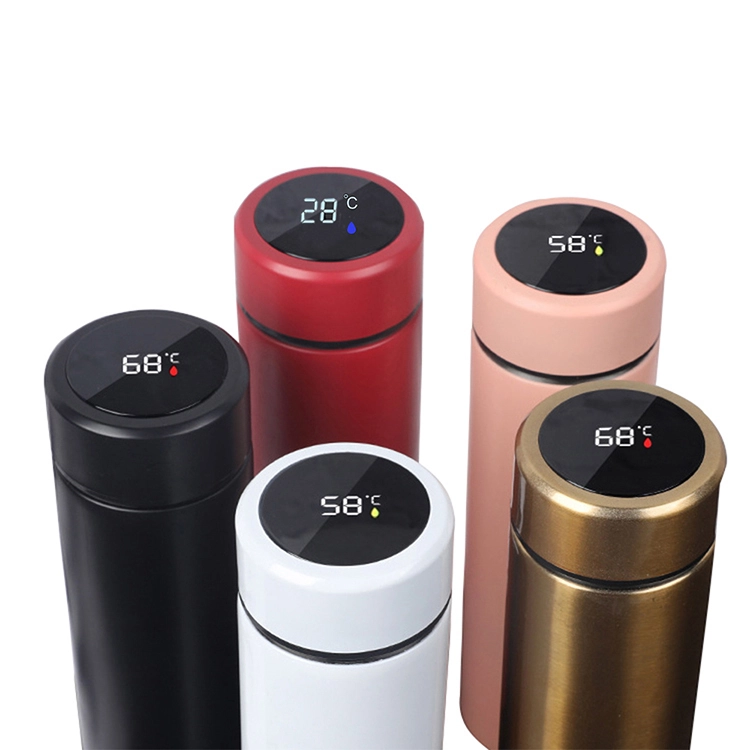- English
- Español
- Português
- русский
- Français
- 日本語
- Deutsch
- tiếng Việt
- Italiano
- Nederlands
- ภาษาไทย
- Polski
- 한국어
- Svenska
- magyar
- Malay
- বাংলা ভাষার
- Dansk
- Suomi
- हिन्दी
- Pilipino
- Türkçe
- Gaeilge
- العربية
- Indonesia
- Norsk
- تمل
- český
- ελληνικά
- український
- Javanese
- فارسی
- தமிழ்
- తెలుగు
- नेपाली
- Burmese
- български
- ລາວ
- Latine
- Қазақша
- Euskal
- Azərbaycan
- Slovenský jazyk
- Македонски
- Lietuvos
- Eesti Keel
- Română
- Slovenski
- मराठी
- Srpski језик
How does LED vacuum flask work?
2023-10-17
A vacuum flask, commonly known as a thermos, is a container designed to keep liquids hot or cold by reducing heat transfer between the contents of the flask and the external environment. LED lights may be integrated into such flasks for various purposes, such as temperature monitoring. Here's a general idea of how a vacuum flask with LED features might work:
Vacuum Insulation: The primary function of a vacuum flask is to provide excellent thermal insulation. The flask consists of two walls, typically made of stainless steel, with a vacuum layer in between. This vacuum layer minimizes heat transfer by conduction and convection, keeping the contents hot or cold.
LED Temperature Display: Some vacuum flasks are equipped with LED temperature displays. These displays are typically placed on the exterior of the flask and show the current temperature of the liquid inside.

Temperature Sensor: Inside the flask, there is a temperature sensor that continuously measures the temperature of the liquid. This sensor is connected to the LED display on the outside.
LED Indicator Lights: In addition to temperature displays, some vacuum flasks may have LED indicator lights to show when the contents are at the desired temperature. For example, the LED lights may turn green when the liquid is hot and ready to be served.
Power Source: To operate the LED features, there is usually a small battery or power source integrated into the flask. This provides power to the LED temperature display and indicator lights.

User Control: Users can often control the LED features, such as turning the temperature display on or off, resetting temperature readings, or configuring temperature alert settings.
Overall, a vacuum flask with LED features helps users monitor the temperature of their beverages and ensures that they are kept at the desired temperature for an extended period due to the vacuum insulation. Please note that the specific design and operation of these flasks may vary depending on the manufacturer and the model of the flask.




